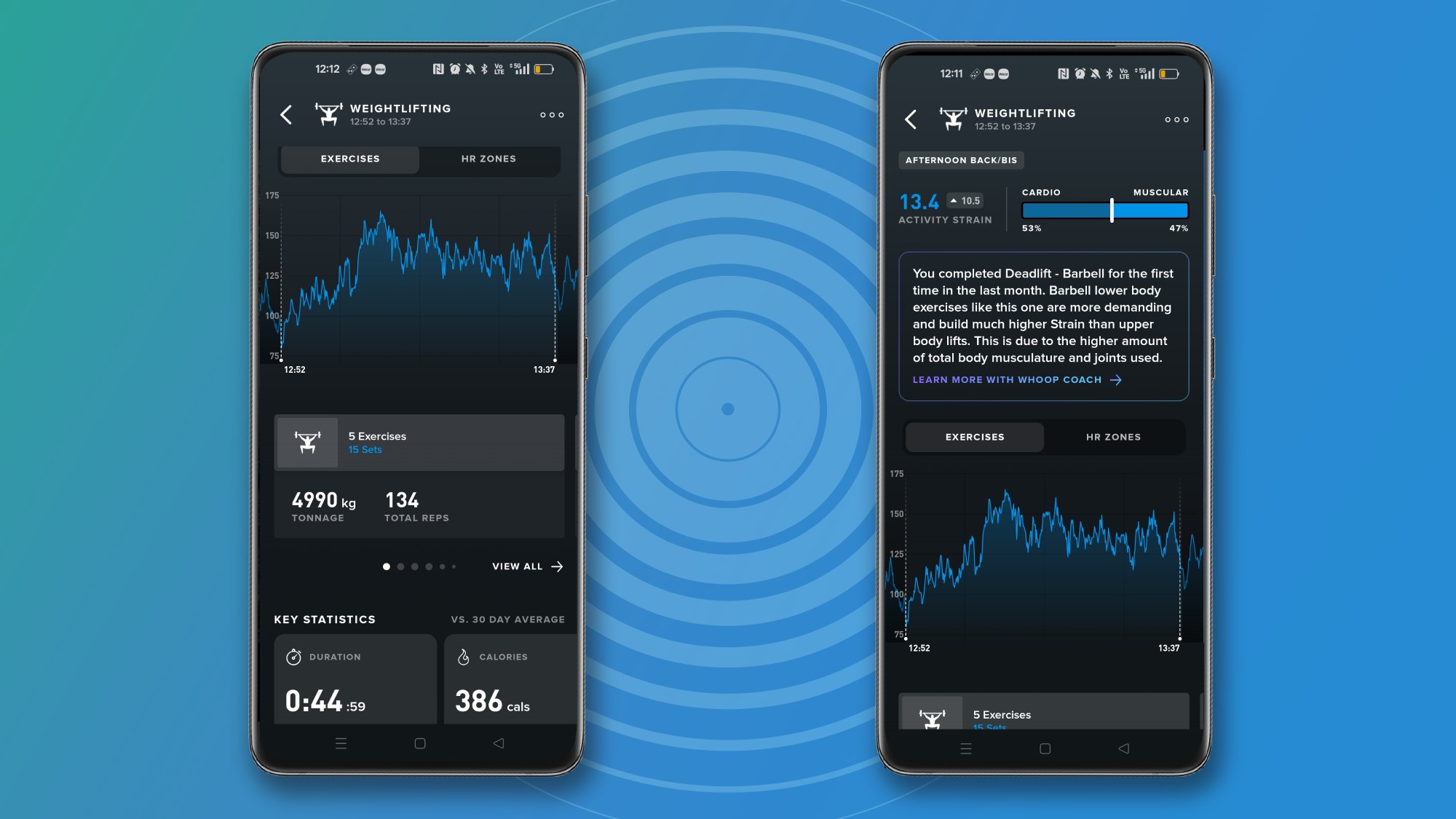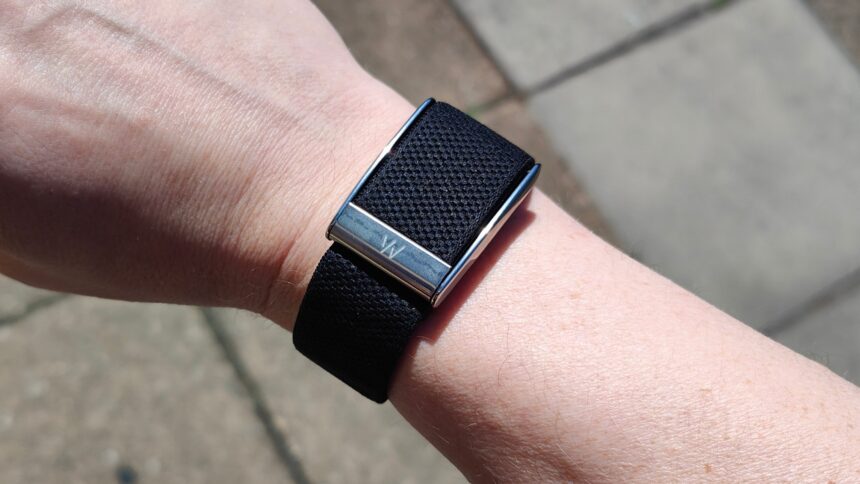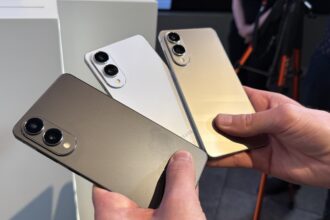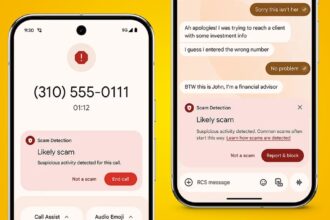The recent launch of the Whoop MG has stirred up quite a conversation in the fitness tech community. As an experienced reviewer specializing in fitness trackers and smartwatches, I was compelled to delve into the capabilities of this new screenless device. Unlike conventional GPS smartwatches or entry-level fitness bands, the Whoop MG positions itself as a premium device, requiring an annual subscription. It incorporates sophisticated features like electrocardiogram (ECG) monitoring and blood pressure estimation, designed to elevate personal health tracking.
During my intensive four-day evaluation of Whoop MG, I seamlessly integrated it into a packed schedule featuring three workout sessions and three nights of sleep monitoring. The device’s functionality piqued my interest, primarily its beta blood pressure feature, which leverages data from an inflatable cuff to deliver estimated readings, supplementing regularly tracked metrics.
At the heart of Whoop’s appeal is its data-centric approach. The gadget establishes a personalized baseline based on individual metrics, allowing it to detect any fluctuations in your physiological state. While I’m still in the calibration stage—which may take several weeks—I’m eager to share my initial thoughts and highlight what sets this device apart.
What I Loved: Unmatched Workout Tracking

While testing the Whoop MG, I incorporated it into my typical routine, completing two weightlifting sessions and a boxing class. I was impressed by the device’s ability to recognize each workout effortlessly and prompt me to log details within the companion app.
Automatic workout tracking can often be inconsistent, but my experience with the Whoop MG has been positive—surpassing even the acclaimed Oura Ring 4, which I previously viewed as the gold standard for passive tracking.
Logging workouts is an intuitive process. The device automatically alerts you to record your activity when it detects increased stress levels, ensuring documentation is hassle-free. Users can select various workout types along with start and end times.
Unlike other devices that offer limited functionality, the Whoop MG is tailored for weightlifters. Beyond merely categorizing a workout, the app allows users to log detailed specifics—tracking individual exercises, sets, weights, and reps. There are also pre-designed workouts created by Whoop coaches available, enhancing the experience further.
Post-session, the Whoop calculates total tonnage, or the aggregate weight lifted, providing an informative benchmark for future performance assessment. The entire logging process takes under three minutes, seamlessly integrating into gym activities. This comprehensive approach makes it one of the most effective fitness devices I’ve evaluated for gym tracking.
What I Didn’t Love: The Overemphasis on Optimization

It’s essential to recognize that Whoop targets users who are serious about maximizing their health and athletic performance. The device meticulously monitors a range of metrics, including heart rate, blood oxygen levels, steps taken, calories burned, and particularly, sleep quality.
After entering my personal information, including my expected sleep schedule, Whoop suggested I aim for a full nine hours of slumber, recommending a bedtime of 10 PM. As a person who usually drifts off just after 11 PM and awakens around 7 AM, my typical sleep duration is closer to seven hours.
Within two days, Whoop alerted me to a sleep deficit of approximately one hour and 39 minutes, warning that this could impact my long-term performance. The recommendation to “prioritize sleep tonight” felt somewhat overwhelming.
I’m not alone in feeling the pressure to adhere to an optimized lifestyle. At times, I prefer unwinding with exercise, tackling emails, or managing household tasks after work, often pushing my bedtime back. Weekends may involve social gatherings or late-night gaming, adventures that Whoop might classify as “sub-optimal.”
While I appreciate the option to disable sleep debt notifications, the app continues to remind me of my “in-the-red” status with each use. I recognize the value of these insights for preparing for major events or enhancing recovery; however, the guilt stemming from not adhering to an ideal lifestyle is an aspect I could certainly do without.























